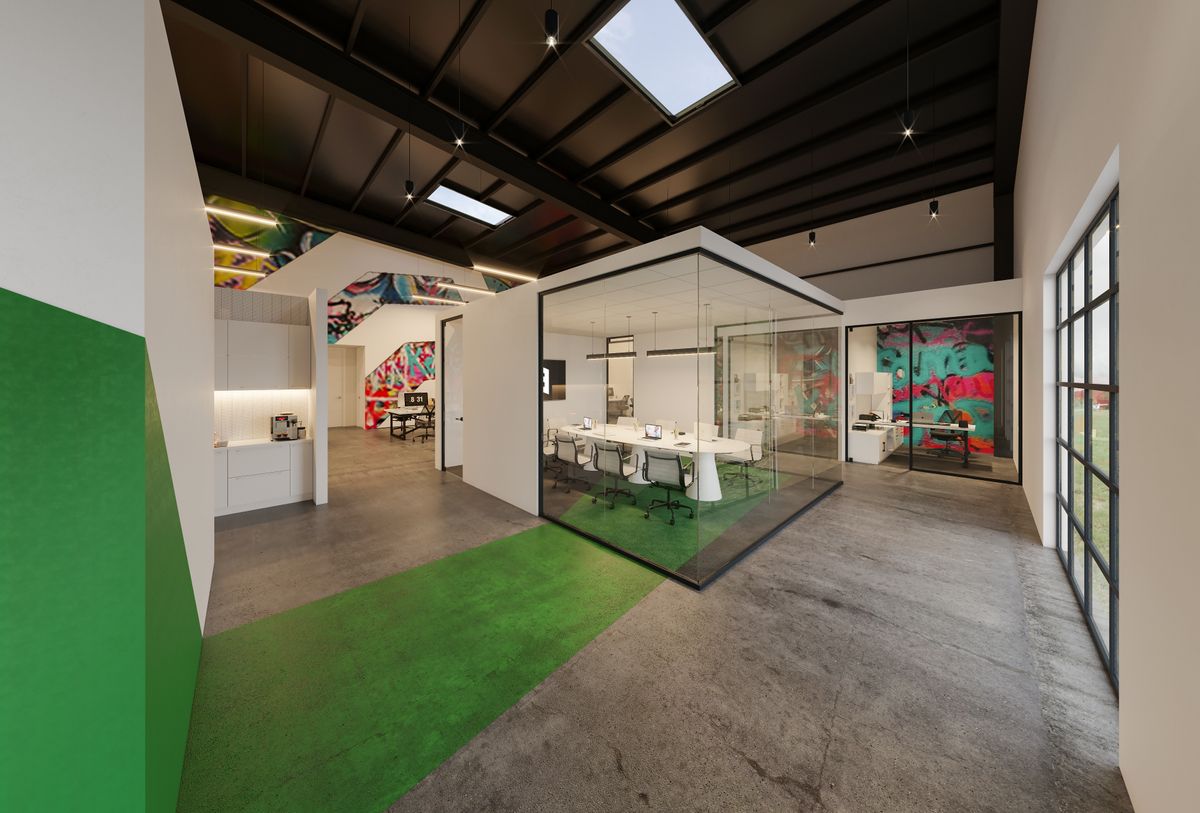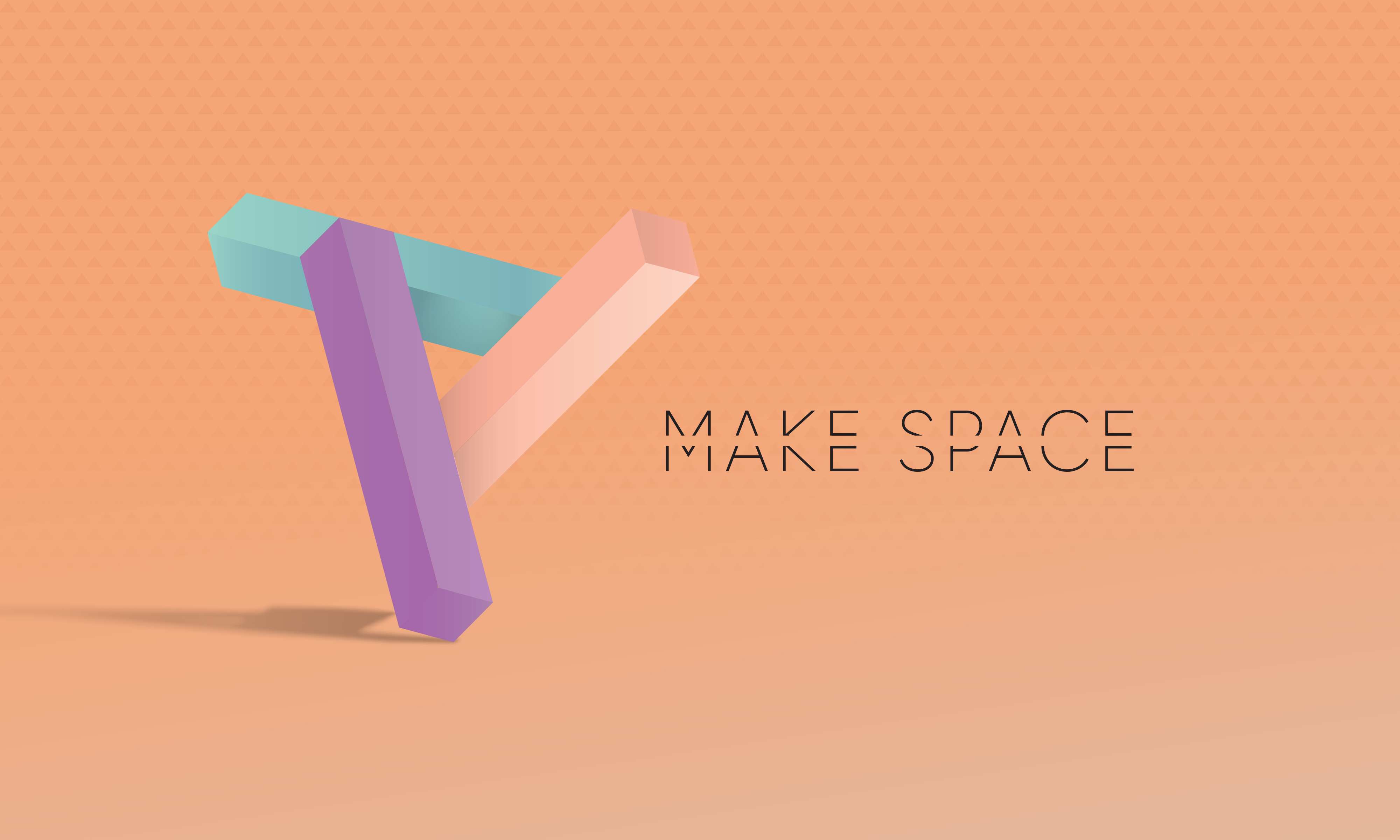As we get ready for #ADW19, we asked our community partners to share with us how they #MakeSpace. Here's a post by Devon Bieniawski, former Director of IIDA (The Commercial Interior Design Association) in Austin, about the role of an interior designer and how to make designs that last.

Interior Design as a Catalyst for Corporate Culture
Devon Bieniawski
ON HOW SHE GOT STARTED…
I come from a family of entrepreneurs, so I grew up on the virtues of hard work, the bottom line and a love of change. These things have shaped the designer I am today. When I thought about what I wanted to do with my life, I always knew it would be something creative but also business driven; interior design has been the perfect marriage of the two. Practicing design professionally over the years, I have learned that when it comes to interiors—especially corporate interiors—good design is not a luxury, but a necessity.
ON WHY IT MATTERS...
We all know business is booming in Austin. Nearly everyday a new startup or corporate headquarters announces their plans to set up shop in our city. Beyond the usual challenges of establishing a presence in the growing start-up landscape, today’s corporate leaders face another, more difficult challenge in attracting and retaining the city’s top talent. Graphic designer Robert L Peters made a strong argument for investing in keen design when he said, “design creates culture, culture shapes values, and values determine the future.'' A well designed space can be a catalyst for establishing a brand, supporting a team and nurturing a growing workplace culture.
ON UNDERSTANDING YOUR GOALS AND HOW IT ALL WORKS...
A wise man once said, “...good, fast, or cheap—pick two.” This is as true in design as it is in life. With this in mind, it's important to set a realistic budget and prioritize your goals when preparing to build or renovate your office space. Clear priorities and guidelines for the overall design provides the best foundation for the design team to build upon when translating your goals into the built environment.
By creating a preliminary space plan or ‘testfit’, an interior designer will help you visualize how your team fits into the physical space and how it can support and sustain the growth of the company. Designers incorporate corporate identity and culture into the overall aesthetic of the space, layering architecture, building systems, materials, art and furnishings to create functional, impactful, and lasting design.
ON TRENDS THAT LAST….
As you move through the design process, one of the biggest questions that will arise is: how can I make sure this design will last? You’ve done the prepwork in setting your priorities and budget, and hiring a great design team, but what can you do to ensure your investment in design is lasting? Keeping three key elements at the heart of your design is the surest way to ensure your space will attract the right talent and, more importantly, stand the test of time.
1. Biophilic Design
Biophilia has been a trend on the rise for several years, and it’s here to stay. While some may interpret this trend as simply adding a plant or two, it’s roots are much deeper than simple aesthetics. Connection to nature has been proven to increase overall happiness and productivity in the workplace. Maximization of daylight, organic geometry, natural materials and fresh air flex spaces are a few tangible ways to incorporate biophilic design into the workplace.
2. Employee Amenities
You don’t have to be Google or Facebook to offer great workplace amenities. Yes, building supported amenities like fitness centers and food halls are a big draw, but there are ways to provide big value for employees without sacrificing on space. On-demand services like Fooda restaurant pop-ups, on-site dry cleaning pickup and car washes are excellent ways to offer competitive amenities that support a team at no additional effort to the employer.
3. Communal Privacy
The rise of coworking spaces has evolved the modern workplace. In an effort to meet the freedom and flexibility the workforce is looking for, many companies have moved away from the traditional corporate design of glass-lined offices surrounding clusters of cubicles. In recent years, corporate interiors have trended toward open office/free address designs. While options like these may be supportive of some business models, they are certainly not conducive to all. More and more, companies are utilizing the concept of communal privacy in design. Features like phone booths, interesting banquette seating, innovation hubs, bookable conference rooms and hotel-style private offices are bridging the gap between necessary privacy and freedom to collaborate. Spaces like these help companies achieve the coveted open office concept while still maintaining the function necessitated by the rigors of today’s evolving business landscape. Offering a variety of private, semi-private and public work spaces, companies can foster collaboration and support the adaptive work styles of today’s professionals and beyond.

Devon Bieniawski is an Associate at Abel Design Group and the former Director of IIDA, The Commercial Interior Design Association, in Austin. She has built her career designing residential, hospitality, and commercial office interiors across the U.S. Her time spent traveling and observing design at a global scale has developed her passion for well-curated environments that foster culture and community.

